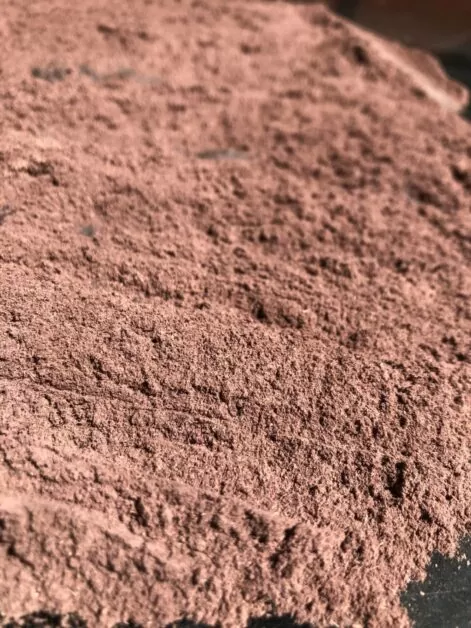Transform Fabric Dyeing Into Art With Mimosa Hostilis Root Bark
Fabric dyeing has always been a creative process that connects nature with design. One natural ingredient that brings extraordinary beauty to fabric art is Mimosa Hostilis Root Bark MHRB. Known for its strong natural pigments, it allows artists and crafters to create vibrant, lasting colors on textiles. This natural dye not only enhances fabric with deep earthy tones but also promotes an eco-friendly approach to textile art. By using Mimosa Hostilis, dyeing becomes more than just coloring it transforms into an artistic journey where nature’s chemistry and human creativity meet in perfect balance.
The Natural Power of Mimosa Hostilis Root Bark
Mimosa Hostilis Root Bark is rich in natural tannins and pigments that make it a remarkable dyeing source. The bark produces a range of colors from deep purples and reds to warm browns depending on how it is processed. Unlike synthetic dyes, can fade or damage fibers, Mimosa-based dye bonds gently with the fabric, producing long-lasting and natural results. Artists use mimosa hostilis root bark to produce vibrant, long-lasting colors on various materials.
Key benefits include:
- Produces rich, organic tones
- Safe for natural fibers like cotton, silk, and wool
- Environmentally friendly and biodegradable
- Offers lasting color without harsh chemicals
This makes it an ideal choice for artists and sustainable fabric makers seeking natural color alternatives.
Simple Steps to Dye Fabric Using Mimosa Hostilis

Working with this root bark is straightforward and rewarding. It allows you to take control of your color intensity and texture with minimal tools.
Basic process:
- Prepare the Fabric – Wash and soak your fabric to remove any residue.
- Create the Dye Bath – Boil Mimosa Hostilis Root Bark powder or pieces in water for about an hour. Strain the liquid to remove solids.
- Dye the Fabric – Submerge your damp fabric into the dye bath. Stir occasionally for even coverage.
- Adjust the Shade – For darker hues, leave the fabric longer in the bath; for lighter shades, reduce soaking time.
- Rinse and Dry – Rinse with cold water until it runs clear and hang to dry naturally.
This simple process can be customized by adjusting the temperature, dye concentration, and immersion time.
Why Choose Mimosa Hostilis for Artistic Dyeing
Using natural dye does not just enhance fabrics it encourages creativity. Artists can experiment with layering, resist-dye techniques, or gradient effects to make each piece unique. The bark’s natural pigments respond beautifully to different mordants natural fixatives, expanding the color range and intensity.
Artistic advantages:
- Allows easy blending and layering of shades
- Creates unique, handcrafted patterns
- Supports sustainable, non-toxic art practices
- Enhances both texture and tone of natural fibers
With Mimosa Hostilis, every fabric piece can become a canvas of organic art.
Mimosa Hostilis Root Bark transforms fabric dyeing into an expressive and sustainable art form. Its natural beauty, eco-friendly properties, and ability to produce rich, lasting colors make it a perfect choice for anyone seeking creativity rooted in nature. Whether you are a professional artist or a beginner experimenting with natural dyes, Mimosa Hostilis brings authenticity and depth to your craft proving that true artistry begins with nature’s palette.